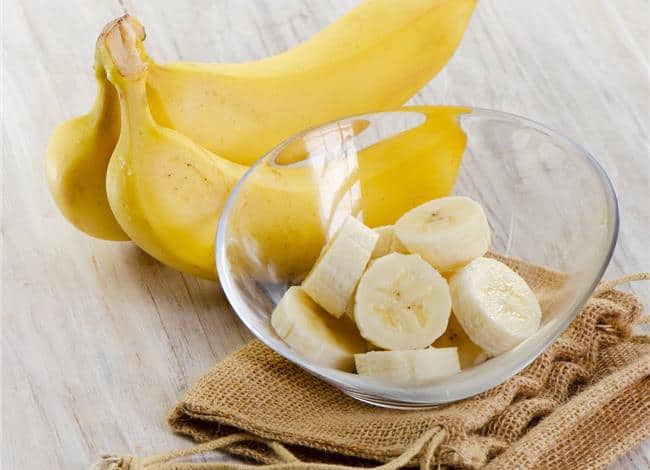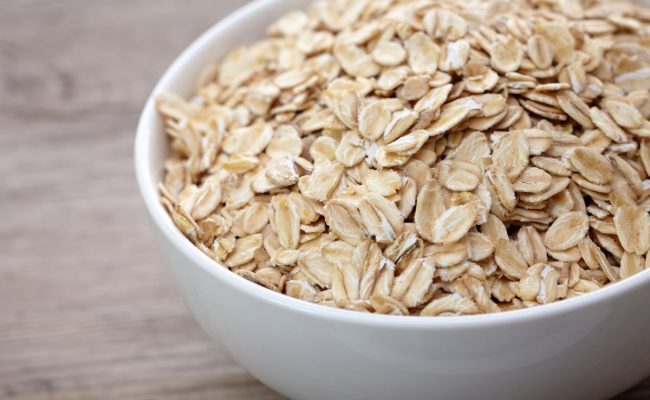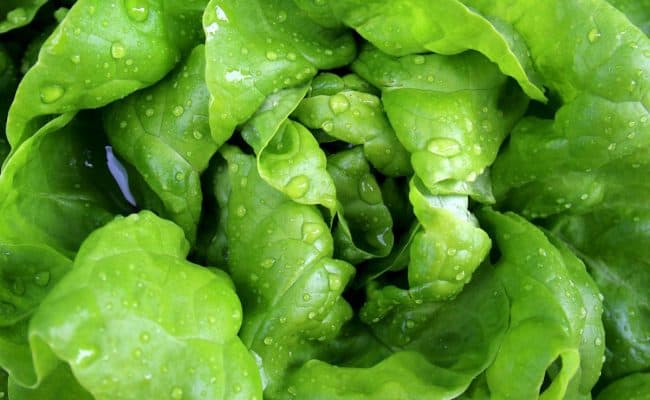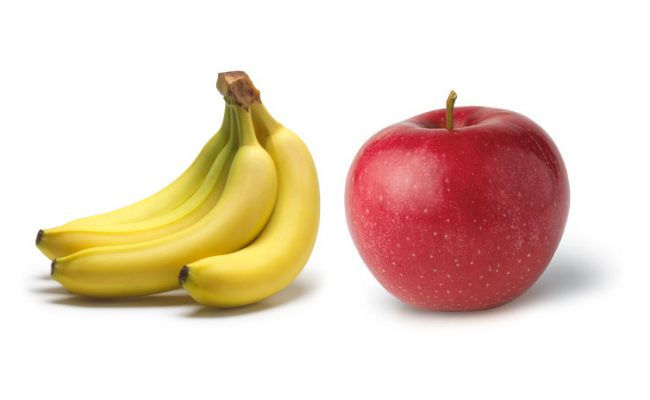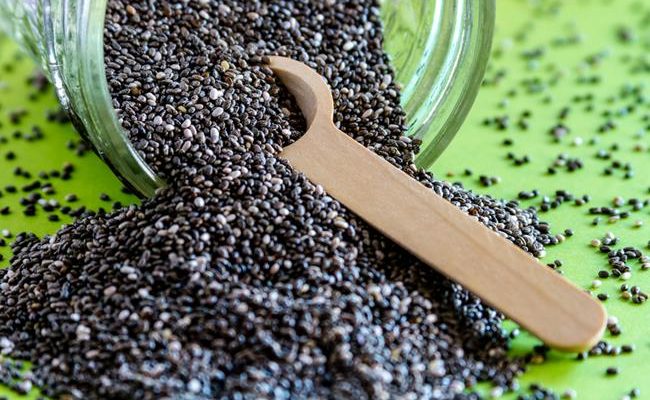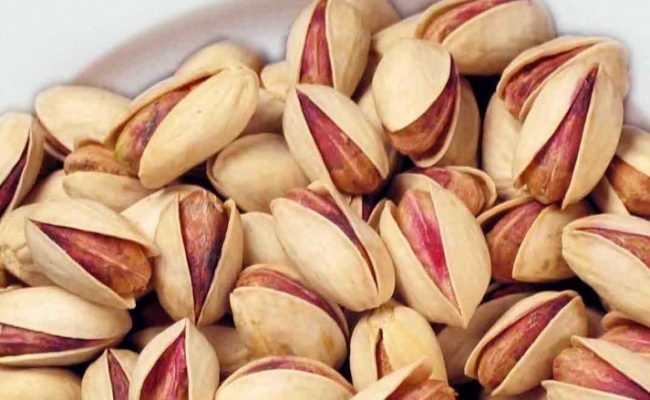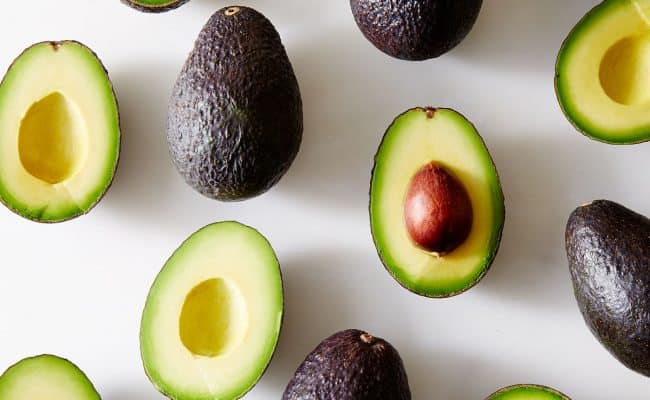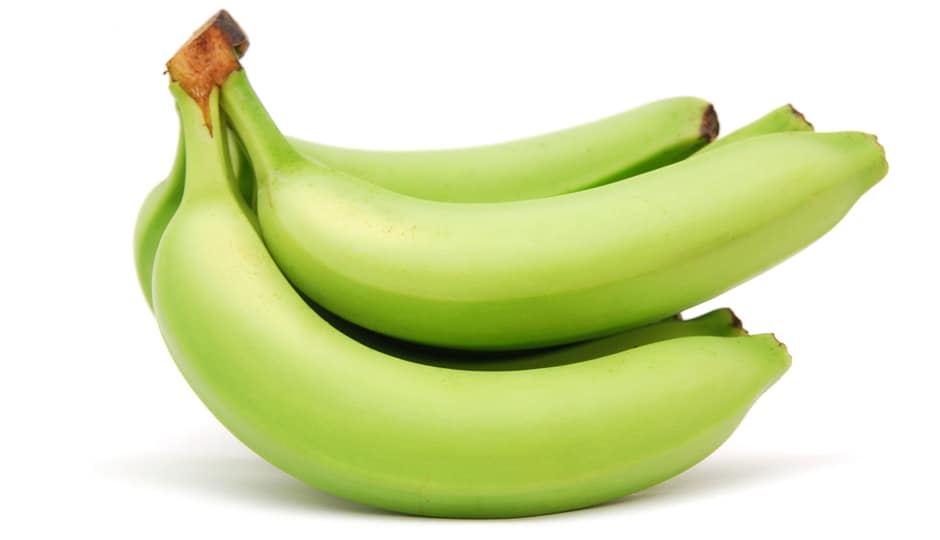
According to data from 2010, America’s top fruit choice is the banana (1). The humble banana can get overlooked for nutritional benefits compared to other more exotic fruits, but bananas have a lot to offer nutritionally. Bananas are an excellent source of antioxidants, potassium, fiber, vitamin C, magnesium and vitamin B6. In fact, a medium banana provides about 12% Daily Value (DV) of potassium.
Less than 2% of American adults get the recommended 4,700 mg of daily potassium, so eating even more bananas could help Americans get the recommended intake of potassium.
Getting adequate dietary potassium intake can help keep blood pressure levels in a healthy range, and one study showed high intake of potassium was associated with a 20% decreased mortality risk (2).
Bananas grow in tropical regions, so bananas are picked when they are still green so they can ripen as they travel to consumers around the world.
It is safe to eat green bananas, but there are some nutritional and digestive differences between eating green and yellow bananas.
Also, taste wise green bananas will taste more bitter and may have a waxy feel to them compared to ripe bananas.
Resistant starch benefits from green bananas
As bananas ripen, the starch in the banana breaks down into smaller carbohydrate units that are easier to digest and taste sweeter. This is why ripe bananas taste so sweet; the starch is further broken down to simple carbohydrates.
Green bananas are actually one of the best sources for something called resistant starch. This resistant starch has gotten researchers’ attention as a potential benefit for weight loss, type 2 diabetes control and affecting satiety levels in the brain.
Resistant starch resists getting broken down in the small intestine. Once the resistant starch passes through to the large intestine, the body can’t absorb the starch for energy.
Instead, the starch acts like a food (prebiotics) for beneficial bacteria (probiotics) in the large intestine. When the probiotics consume the resistant starch, they produce beneficial effects in the body.
A 2014 review (3) states resistant starch has been shown to increase the release of satiety hormones from the gut and has a blunted insulin response compared to other foods with carbohydrates.
The benefit of a blunted insulin response from resistant starch could be beneficial for weight loss and lowered risk for type 2 diabetes. Resistant starch could also help increase fat oxidation and lower fat accumulation in fat cells.
If you want more resistant starch in your diet, eating green bananas can help. Other food sources include pasta, potatoes or rice that has been cooked and then chilled.
Difference in digestibility between yellow and green bananas
Bananas are known to many as a comfort food to turn to when feeling sick. Bananas are considered relatively easy to digest and easy on the digestive tract. Yellow bananas are easier to break down because of the starch breakdown as bananas ripen. For the same reason, bananas are also a go to food before or during a workout for a source of quick energy that is easy to digest.
Because green bananas have a higher starch content, they are not quite as easy to break down in the digestive process.
Therefore, eating a green banana when your stomach is upset or before a workout may not have the same calming benefit as a ripe banana.
Antioxidant levels
Bananas like all fruits are a great source of antioxidants. Getting antioxidants from food can help protect cells from damage caused by carcinogens, free radicals and lower risk for cardiovascular disease.
Therefore, eating foods high in antioxidants, like fruits and vegetables, is recommended for overall health.
There can be a difference in antioxidant amount from green to ripe bananas.
As bananas ripen, the chlorophyll gets broken down and antioxidants get released in the banana. Ripe bananas with brown spots can have the highest level of antioxidants.
Therefore, if you are aiming for the highest level of antioxidants from bananas, green unripe bananas won’t be the best pick.
Fructooligosaccharides from bananas
Fructooligosaccharides are a type of carbohydrate found in bananas, onion, garlic, asparagus and artichoke. All types of bananas will have fructooligosaccharides, but green bananas can have more.
Like resistant starches, they can act like a prebiotic in the colon. A 2010 review (4) suggests fructooligosaccharides can also increase mineral absorption in the colon, reduce risk for constipation and help lower blood cholesterol levels.
Conclusion: Green or yellow bananas?
Bananas are a good source of fiber and many other beneficial nutrients. Green bananas are considered safe to eat, but their make up can vary from riper bananas. Green bananas are an excellent source of resistant starch.
Resistant starch resists being broke down in the body which in turn signals a lowered insulin response and increase signals to the brain for satiety.
Green bananas can also be higher in fructooligosaccharides which can increase mineral absorption in the colon.
The downsides of eating green bananas can be the taste and texture; they are firmer and not as sweet as ripe bananas. Green bananas also can have a slightly lowered antioxidant amount; as bananas ripen antioxidant value goes up.
Both types of bananas can offer a good source of potassium, magnesium, fiber and vitamin B6. Ripe bananas can be considered easier to digest which may be beneficial when your digestive system is healing or before exercise.
